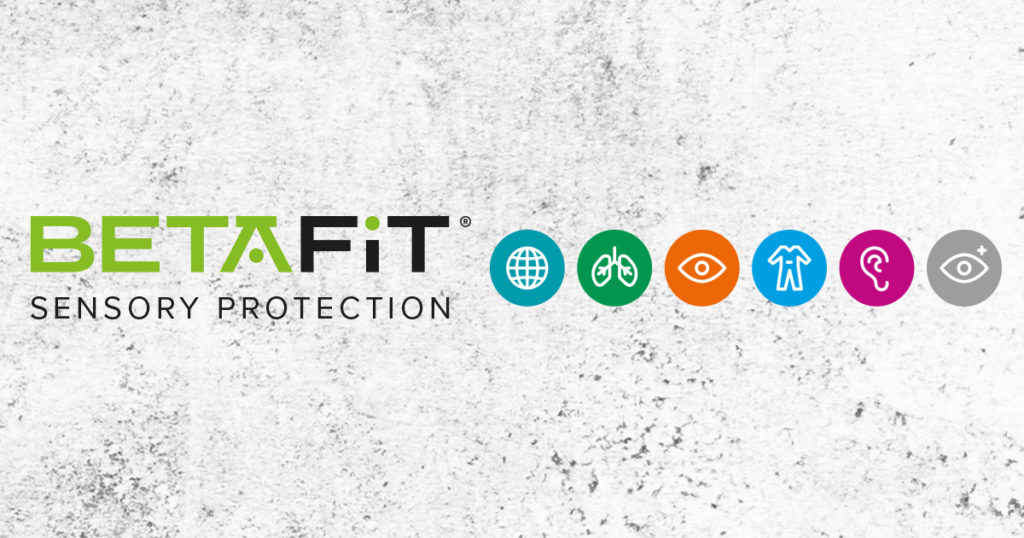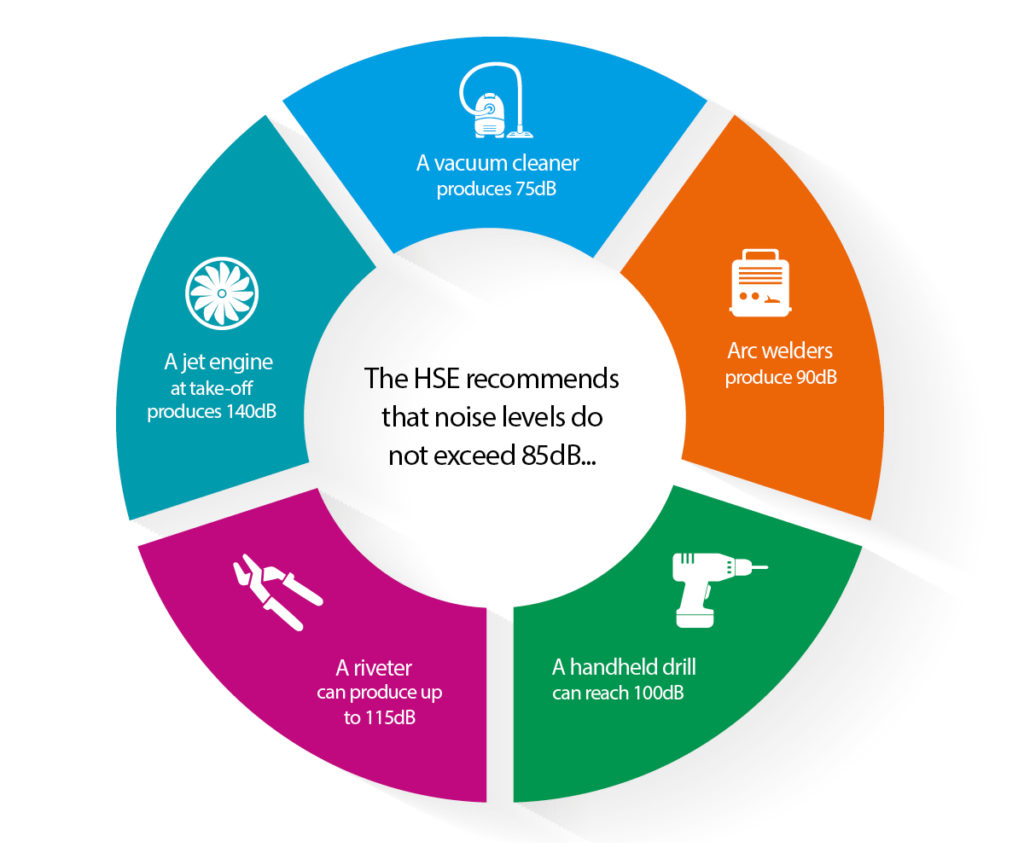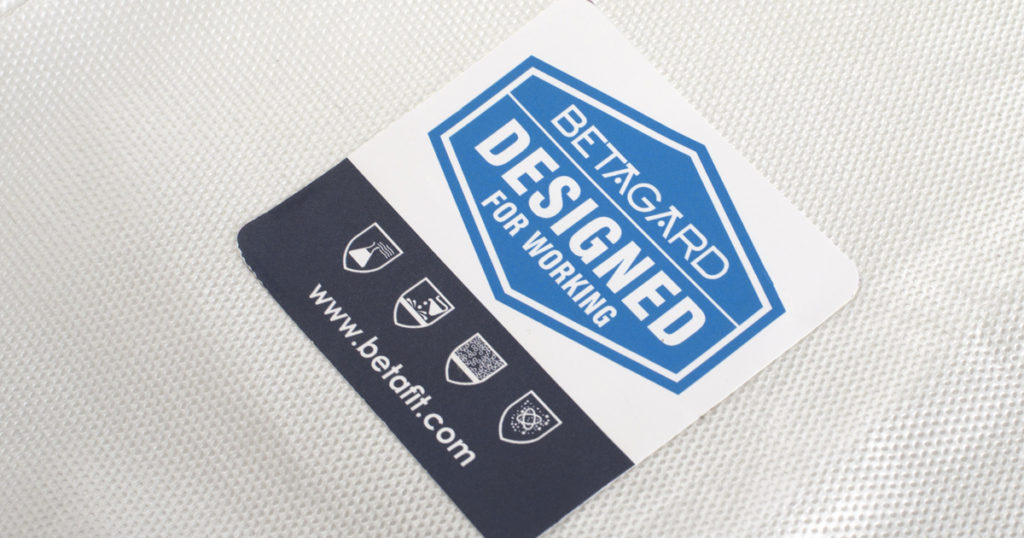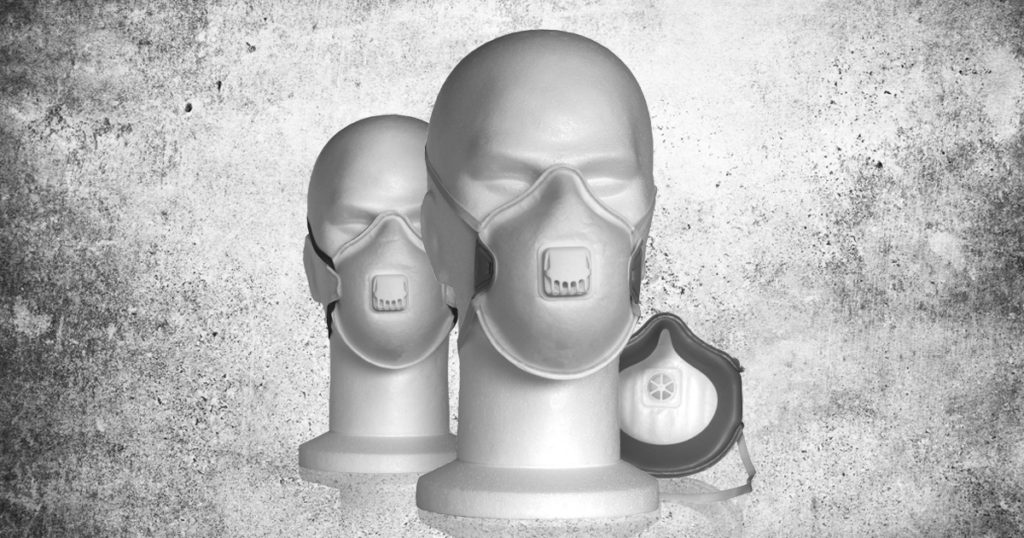
What does PPE stand for?
PPE stands for Personal Protective Equipment. Carry on reading our introduction into PPE to find out more.
What does Personal Protective Equipment mean?
PPE (Personal Protective Equipment) is the overarching term for any form of equipment, clothing or appliance that can be worn or held, which provides the user with protection against either a single hazard or multiple health and safety hazards.
What is Personal Protective Equipment?
According to the Health and Safety Executive (HSE), Personal protective equipment (PPE) is ‘equipment that will protect the user against health or safety risks at work’. It can include items such as safety helmets, gloves, eye protection, high-visibility clothing, safety footwear and safety harnesses. It also includes respiratory protective equipment (RPE). PPE isn’t just limited to work, it is also used in sports and other recreational activities. These items include swimming goggles, football shinpads and rugby scrum caps.
The purpose of Personal Protective Equipment is to remove or reduce health and safety risks by imposing a barrier between the wearer and the potential risk. For example, an FFP3V Moulded Disposable Respirator will provide a barrier against very fine dust and mists to protect the wearer from the potential negative health impacts of breathing in dust such as crystalline silica, which can cause multiple lung diseases including silicosis.
When was PPE Introduced in the UK?
The first UK regulation to enforce laws on PPE was the Health and Safety at Work etc. Act 1974, which states that employers are not allowed to charge for any Personal Protective Equipment that is used for work.
The first PPE-specific legislation wasn’t introduced until 1989 with the Construction (Head Protection) regulations 1989 which set a requirement for all construction sites that head protection is supplied by the employer or self-employed person. These regulations were then revoked in April 2013. Later on, the PPE at Work regulations 1992 were introduced, including details of specific areas of risk and examples of the kind of PPE to consider using where the risk cannot be adequately controlled in other ways. All of BETAFIT’s PPE is designed for total compliance with legislation and often outperforms regulatory requirements.

What is Personal Protective Equipment clothing?
PPE clothing refers to any form of clothing that is designed to act as protection from a health and safety risk. For example, disposable coveralls are a form of Personal Protective Equipment clothing that provides protection from chemical splash and hazardous particles.
Not all PPE is considered as clothing, for example, fall and arrest equipment would not be considered as clothing.
Why is Personal Protective Equipment important?
Health and safety risks cannot always be completely removed through other methods. There will always be jobs and tasks that have an element of risk to them, however, personal protective equipment can be used to reduce these risks to a reasonable and manageable level, and sometimes even completely remove them.
Some tasks that would otherwise be completely unreasonable to complete can be made acceptable through the use of PPE. For example, using extremely loud machinery can significantly damage a person’s hearing. Exposure to noise levels of 110dB for more than 1 minute risks permanent hearing loss. Hearing protection can be used to make using loud equipment possible.

How to identify when PPE should be used
To identify when Personal Protective Equipment should be used, a qualified health and safety inspector should carry out a risk assessment to identify the possible risks of a job and recommend control measures.
For example, the HSE recommends that noise levels do not exceed 85db. For context, according to noisehelp.com a vacuum cleaner produces 75dB, arc welders produce 90db, a handheld drill can reach 100dB, a riveter can produce up to 115db and a jet engine at take-off produces 140dB.
Effectively, the level of hearing protection required depends on the noise level. For example, foam earplugs would be suitable for a handheld drill, however, an aircraft marshaller will need heavy duty earplugs / ear defenders. Both of these can be found in BETAFIT’s class-leading performance NOiSEBETA range, designed by wearers for wearers.

When to use different types of PPE
We’ve already talked about when you should use hearing protection, but what about other forms of personal protective equipment?
Safety eyewear, such as Montana eyewear, is generally used to prevent particles, flying objects or dust from going into your eyes. Therefore, when working in an environment where any dust, chips or flying particles are present, safety glasses should be used. Safety goggles provide better protection from dust and flying particles than conventional safety glasses. Put simply, when more impact personal protective equipment is needed than safety glasses can provide, use goggles.
Safety eyewear can also be designed to protect your eyes from eye strain. BETAFIT has a wide choice of anti-glare lenses, amber lenses for enhanced vision in low levels of light, tinted eyewear, and eyewear accessories.
According to HSE, Respiratory protective equipment (RPE), such as dust masks, should be used when the area of work still contains contaminated air, even after control measures have been implemented. You may even need to use RPE to put the control measures in place. When using RPE, face fit testing should take place to ensure it doesn’t leak, this can be done with a face fit testing kit.
Disposable Coveralls should be used in work environments where it’s possible that any part of the body could come into contact with a liquid and chemical splash, as well as general dirt/dust. For example, they work really well as paint suits for spray painting, general maintenance, lead and asbestos abatement, food processing, mould remediation, stripping, pharmaceutical manufacturing, industrial manufacturing and maintenance, mining, wood and metal processing, electronic assembly, and insulation laying.
Innovative and durable, with premium comfort, our disposable coveralls have been created to offer protection against a broad range of particulate and light chemical spray hazards. The BETAGARD range has been designed with strength, comfort and performance in mind.

What should you do if your PPE is damaged?
Disposable RPE will get damaged through regular use. As a result, it’s important that you check the Personal Protective Equipment you are about to use isn’t damaged to the point where it no longer provides adequate protection. If you are not sure, it is better to be safe than sorry and replace it. The cost of doing so will almost definitely outweigh the cost of being sued by an employee for not having adequate protection and subsequent injury.
To prevent personal protective equipment from getting damaged you should maintain it and make sure it is properly looked after, kept clean and in good condition, and stored appropriately when not in use.
When must Personal Protective Equipment be disposed of?
Personal Protective Equipment must be disposed of when it no longer provides adequate or suitable protection. According to HSE:
Adequate – It is right for the hazard and reduces exposure to the level required to protect the wearer’s health.
Suitable – It is right for the wearer, task and environment, such that the wearer can work freely and without additional risks due to the RPE.
Who is responsible for providing PPE?
Regulation 4 of the PPE at Work Regulations 1992 state:
‘Every employer shall ensure that suitable personal protective equipment is provided to his employees who may be exposed to a risk to their health or safety while at work except where and to the extent that such risk has been adequately controlled by other means which are equally or more effective.’
Employers must not charge employees for PPE, this is outlined in section 9 of the Health & Safety at Work etc. Act 1974, which states:
‘No employer shall levy or permit to be levied on any employee of his any charge in respect of anything done or provided in pursuance of any specific requirement of the relevant statutory provisions’.
This means that no employer can charge their employees for Personal Protective Equipment because it would be considered a ‘special requirement’ under section 9.
When was PPE first introduced?
Fun fact! Health and safety is not a new concept.
Personal protective equipment has been around for thousands of years, it can be traced back as early as the eighth century BC where it is mentioned in the famous Greek poem called Odyssey by Homer. The poem includes a description of Laertes using gloves to protect his hands from thorns as he is gardening. If you count body armour as PPE it can even go as far back as the eleventh century BC where Chinese warriors wore armour made of rhinoceros skin, it’s assumed that body armour even predates any known historical records.
Looking for high quality personal protective equipment?
BETAFIT design and supply safety eyewear, hearing protection and respiratory PPE. We focus on superior comfort and fit, class-leading performance, total compliance, maintaining strong ethics and providing customers with support.

We hope you liked our introduction into PPE. For further information please get in touch with BETAFIT today, call us on 08455 444 000, email us at [email protected] or fill out our online contact form.
This article was written by Russell Wade, Managing Director of BETAFIT PPE.
